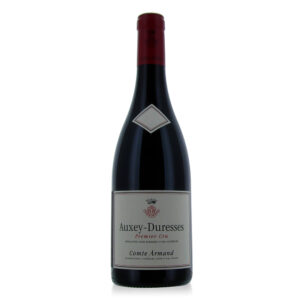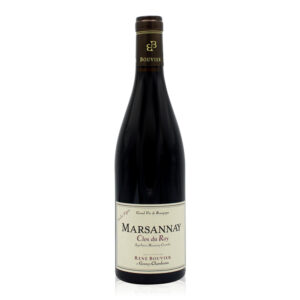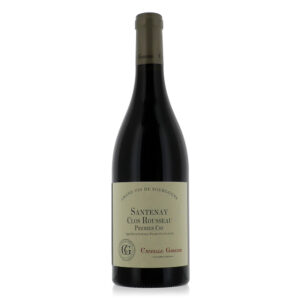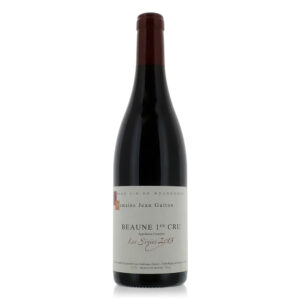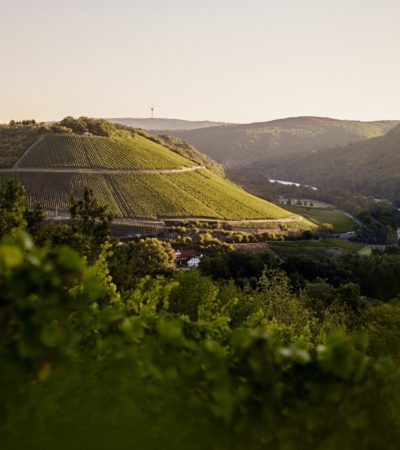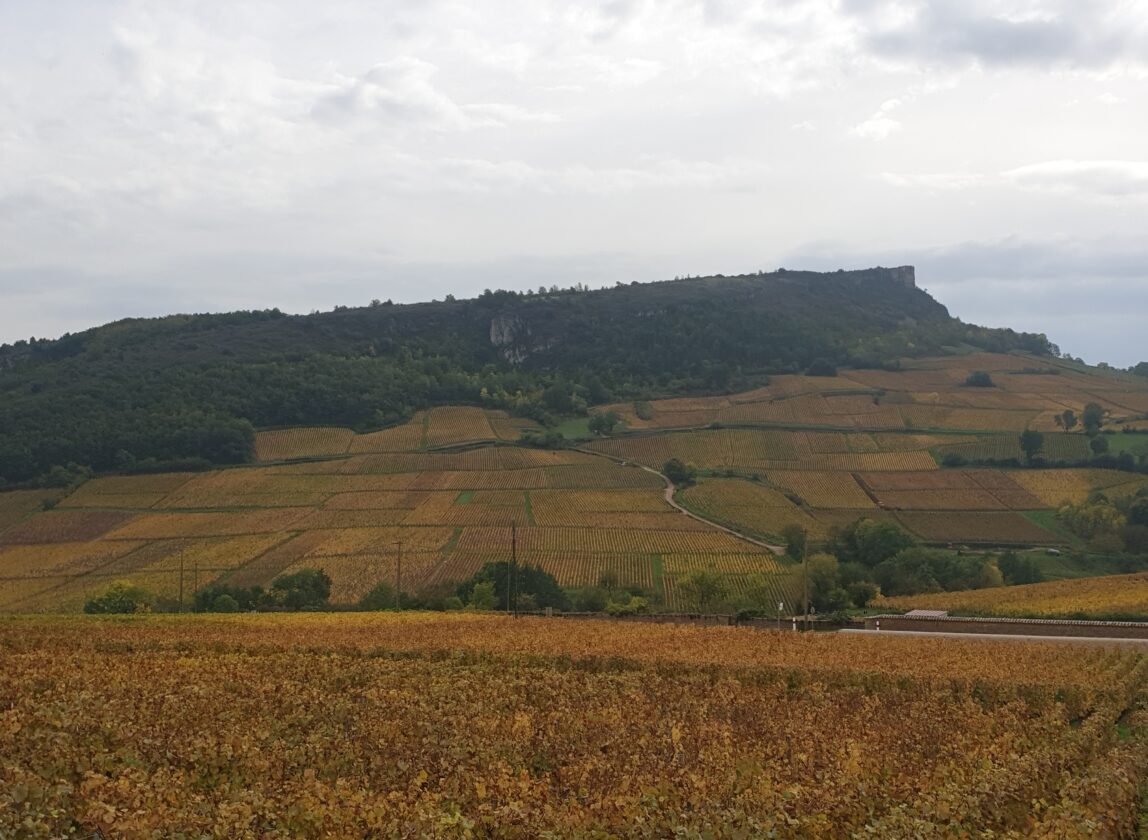
Burgundy’s Lesser Known Villages
With Burgundy prices on the rise and allocations of top wines decreasing, we have seen Burgundy buyers look progressively more towards lesser-known villages for their everyday drinking wines. While the top names won’t be edged out anytime soon for investment buyers or collectors, the rest of Burgundy has slowly opened to those looking for well-priced Burgundy to drink in coming years.
Sebastian Thomas, Burgundy buyer, notes that Savigny-les-Beaune drew the first wave of defectors from the Cote d’Or as the grapes began to ripen more reliably year on year. Over time, climate change has levelled the playing field, and appellations and sites that previously struggled to ripen now mature consistently. Higher-altitude Saint Romain, where it was previously nearly impossible to make good wine, is coming into its own. An abundance of limestone in the soil, coupled with the cooler microclimate that was once a detriment to the area, keeps the wines fresh as the summers become warmer.
Other villages on the more southerly Côte de Beaune such as Saint Aubin, Auxey-Duresses, Santenay, and Montagny are also on the rise, producing both reds and whites. Saint Aubin’s vineyards, just over the hill from the famous Grand Cru of Montrachet, mainly lie on east or southeast facing slopes, and are now producing wines that fully mature but do not suffer from overripening. Villages like Ladoix and Aloxe, in the foothills of Corton, have heavier soils and previously produced wines that were mean and tannic, but warmer vintages and improved techniques have seen good producers turning out elegant and silky reds.
Some villages like Marsannay in the very north of the Côte de Nuits had previously contained no premier cru vineyards, but as quality has improved, appeals for change have started. Clos du Roy in Marsannay has petitioned for premier cru status, and it looks likely that it will come through.
Pouilly-Fuissé famously added a handful of premier cru vineyards in 2021, another region which was previously taken much less seriously as a region for high quality. In fact, the Mâconnais as a whole has shown potential for more serious wines, as recently described by Jancis Robinson in her article “White Burgundy 2021 – Go South!”.
Another overlooked village: Beaune. Some of the premier crus are fantastic quality, and the wines are only getting better. For decades, Beaune has suffered from an image problem, as consumers associated the wines with negociants rather than growers, but the image is changing. Negociants, too, are changing their image. While there will always be the large-production negociant houses, smaller enterprises such as Maison Camille Giroud, are making high-quality wines from leased vines.
We would be remiss in not exploring other Pinot-producing regions. Germany’s Pinot Noirs have come a long way in the past couple of decades, also benefitting from consistent ripening and improved techniques in both the vineyard and the cellar. Oregon’s Willamette Valley has also been on the radar of Pinot enthusiasts for years, as have the wines of New Zealand. While it may be unfair to compare them directly to Burgundy, it’s clear that today’s Pinot Noir buyers have more options open to them than ever.
Not sure where to start?
Domaine Daniel & Julien Barraud – Pouilly-Fuissé
Domaine René Bouvier – Marsannay
Domaine Comte Armand – Auxey-Duresses
Domaine Christophe Denizot – Givry & Montagny
Domaine Joseph Drouhin – Beaune
Domaine Jean Guiton – Ladoix & Savigny
Maison Camille Giroud – Beaune, Ladoix, Marsannay, Santenay


